Iulia Nistor was born in 1985 in Bucharest, she lives and works in Frankfurt. She studied painting at Städelschule Frankfurt and Akademie der Bildenden Künste Nürnberg. In 2012, she received her PhD in philosophy from The Regensburg University. Her work has been exhibited in various art centers and galleries across Europe. She was awarded the STRABAG Artaward for International Recognition in 2014.
Adrian Bojenoiu talks with Iulia Nistor about the possible functions of painting and the median space between representation and knowledge. The interview took place in October 2015, before the artist’s personal show at the ElectroPutere gallery in Craiova.
Most cultural fields and discourses today very often borrow concepts from fields more or less related to them, which has led to multidisciplinarity becoming a discourse in itself. You studied philosophy, you initially wanted to make a career in this field, but you later turned to painting. What is philosophy’s influence on your paintings? What is the cultural basis for the concepts of your artworks? What pushes you forward?
Interdisciplinarity has become an omnipresent phenomenon that is very sought after and very in. The possibility of seeing things from another point a view, another perspective, is charming, but most of the time it only barely scratches the surface, especially if it is not based on a profound and natural preoccupation and if it is just another medium. The impulse to paint is not based on my philosophical preoccupation, or any other cultural field. My starting point is a personal experience that I still cannot verbalize well enough. It is that feeling of being detached from everything that is happening around you, in general, what goes on in life, which gives birth to wondering about the most normal things. The questions that arise from this is the origin of my studies in both fields, philosophy and painting. My work was multidisciplinary for a long time, without connecting the two neither thematically nor methodically, but right now I am not following the path of philosophy. Regarding your question about whether philosophy has an influence on paintings, I cannot deny that there is some influence; in the sense that everything I do, see, read, etc. contributes to what I am, thus contributing directly or indirectly to the way I paint. The most banal occurrences and the most ordinary things impact us more than we think; in fact, sometimes, the way I drink my coffee can say more about my paintings than whatever philosophical dilemma I am trying to solve.
The basis for everything you do is sensory and internalized, meaning that the center of your research is yourself in relation to the world or detached from it, and this relationship helps you build your questions. What is this search about? What can be inherited from this detachment? Is painting the means of this detachment or is it its result?
Generally speaking, when there is something that we do not understand, we search for explanations, we start to measure, find the parameters, the regularities, and turn them into theories. This way, we come to understand certain aspects, but we need to be aware of the implied positivism. One theory can be of use only for a certain amount of time, until experiences makes it into a false or new aspects arise. Reality is so complex that it cannot be summarized within a formula. Our perception of the world around us is very selective, it is determined by our needs and objectives. We abstract the phenomena we perceive all the time in order to offer it a functionality in the world. The distinction between the important and unimportant information is already within us, it is not a conscious decision. I think we each build our own world accordingly: we see only what we seek, we believe only what is of use. I am tormented by the idea that I am living in this type of construct. But what if I am mistaken and what I believe to be important, is not, or that in the meantime I missed some things that were, in fact, important? This is the way I seek reality, I am trying to fool myself, to avoid the mechanisms and conditions of my being, to come closer to reality. Those moments of detachment I mentioned are crucial for this process. Not because I think that I can see clearly during these moments, but rather because I see differently. It is this difference that makes way for a new vision. To visually capture this is useful to me in my research rather than as a means of communicating. I don’t want to convey any meaning and I don’t use the images as a representation.
Still, the images you produce, like all others, become independent, sensitive and self-representative once they are produced. The medium in which they are produced is inherent to the art world, in the sense that you have a workshop, you use materials and technical practices that belong to painting. All personal experiences aside, what is your stance on painting as an artistic medium?
I wasn’t set on painting. I’ve worked with various mediums, but in the end I returned to painting, which became the center of my activity. What fascinates me the most with painting is the sensuality and abstraction. Abstraction can be found in every painting, it is a question of choice. We choose things from the phenomena we perceive, and then we decide whether we paint them or not. In my case, for example, in some of my canvases, I try to take the image to an ambiguous area where there’s a concentration of stimuli that take you in different directions, without making anything obvious. This way, I want to create a feeling before the act of interpretation, where you are exposed to sensory stimuli and you realize that you have to decide which way to go. I see my own painting as a manifestation of certain experiences or as a personal knowledge process, in the sens that the image is not just the expression of this process, but also the means with which it is produced. When I start a new canvas, I don’t know what the painting will look like, I find the image within the process of painting. This way, painting is a means of knowing, not just a representation.
How did you come to this route? What determines the steps you take when painting a canvas? I don’t just mean the technical aspects.
It’s a combination of many things. I think it’s boring to have an idea and look for a visual formula to put it on canvas. I want to discover something new. Painting is not just a representation. Painting makes things come to me, it helps me find them. I often start off with something that I do not understand, For example, I see something on the street, something of little importance, a stain, a piece of paper, a thing. Yet something still lingers, it remains ingrained in my retina, in my memory. I need to put this stimuli on canvas and see where it takes me.
Where does it take you?
To reality! I hope. At least I try to gather fragments of reality, conserve them, combine them, make sense of them. If I go around the world, I happen to casually observe things, and this is what I think is out of the ordinary. Sometimes I figure it out right away, other times an image comes to mind only after a while. It is a feeling I cannot explain, but that particular thing seems more present, more striking than the rest. I see it and I take it. It’s not like taking a flower, going around looking for beauty, I am more like a detective looking for a clue; a clue that leads me to reality.
POSTED BY
Adrian Bojenoiu
Adrian Bojenoiu is a curator, author and art book editor; founder of ElectroPutere Gallery and co-founder of ElectroPutere Plus Association....
www.clubelectroputere.ro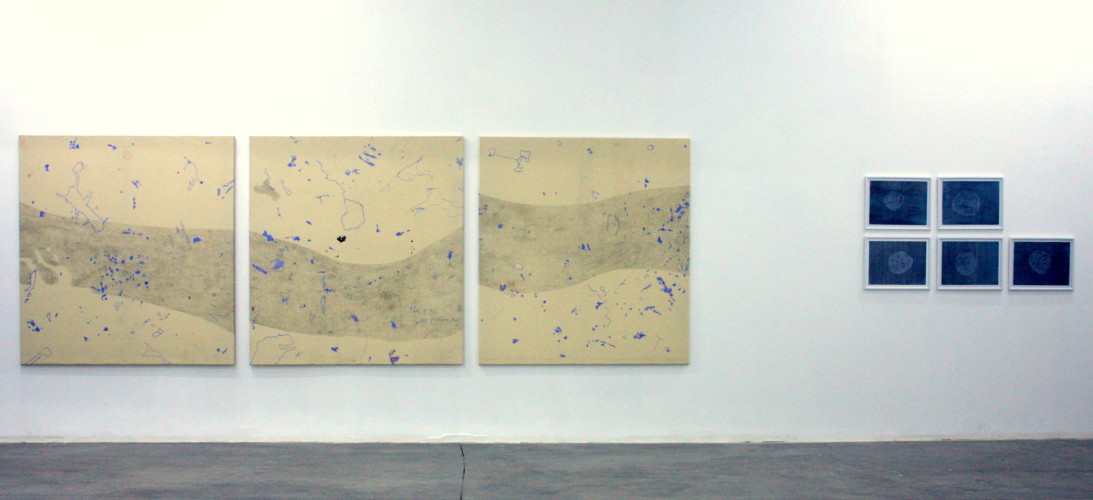
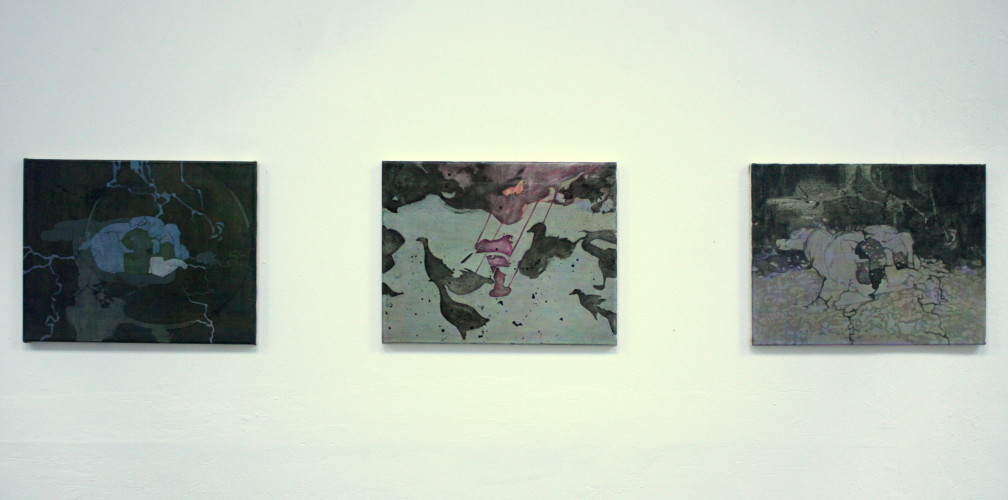
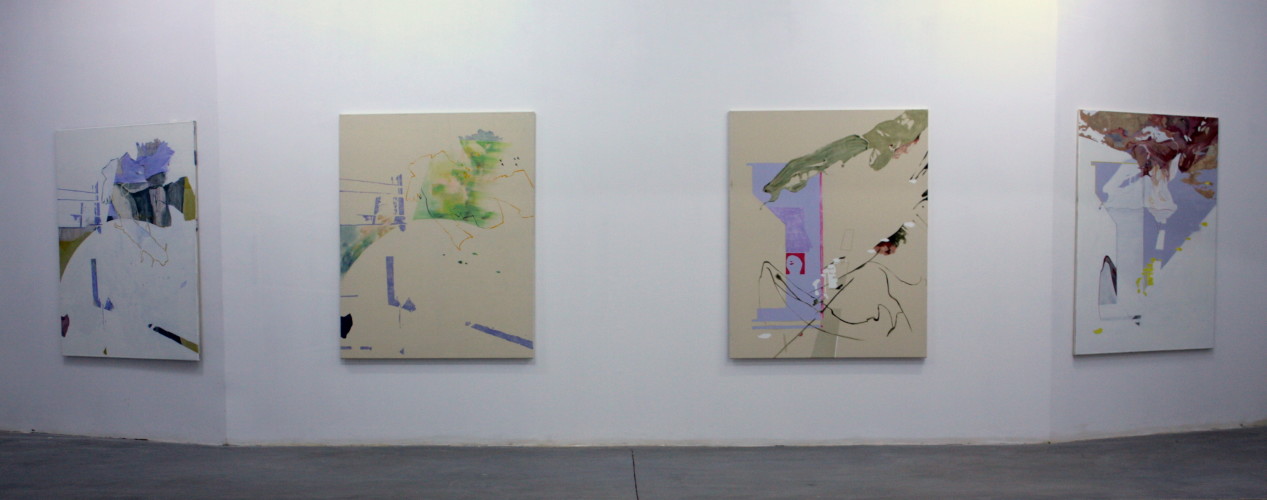
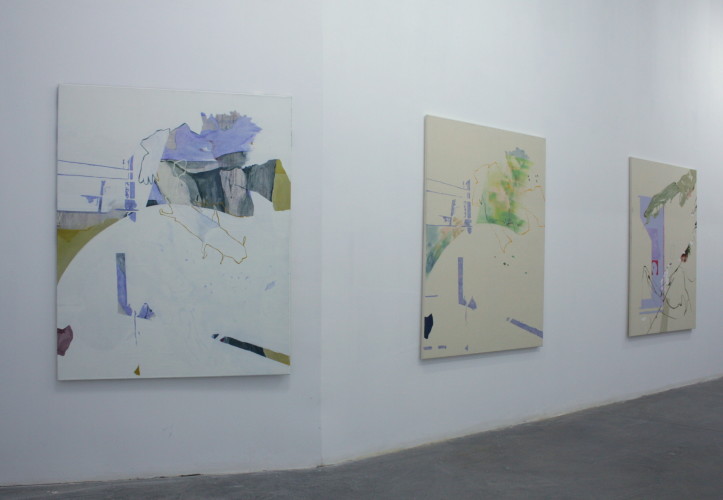
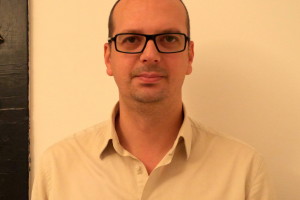
Comments are closed here.